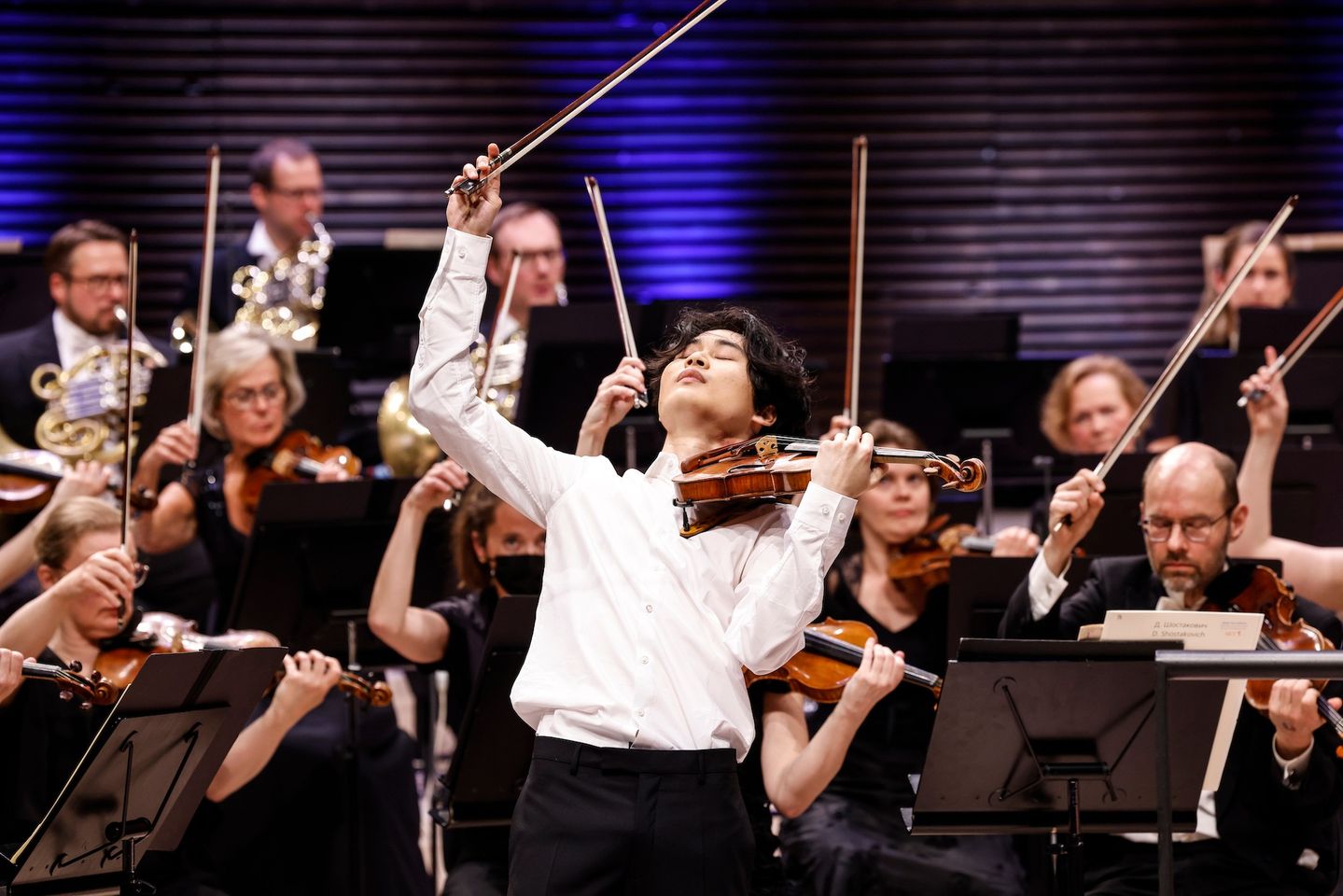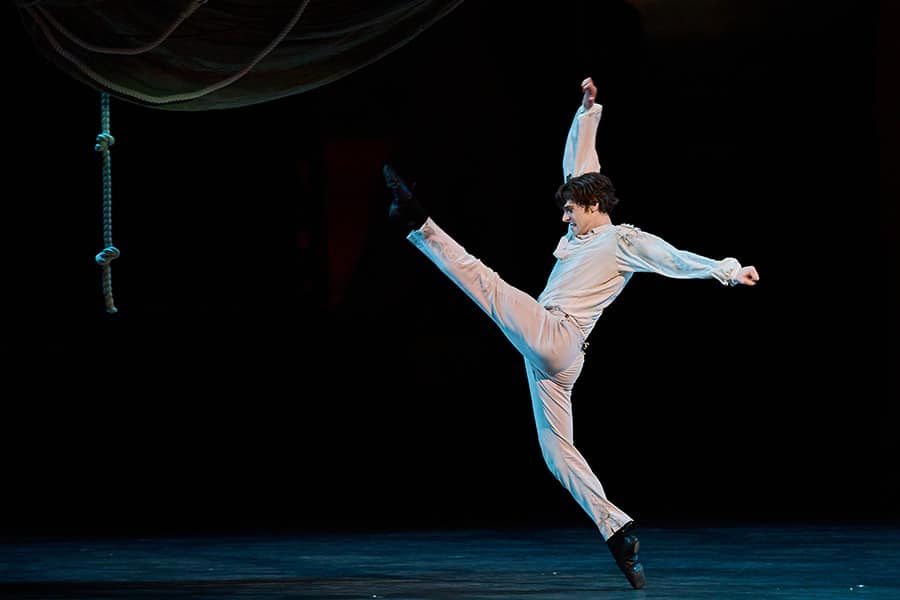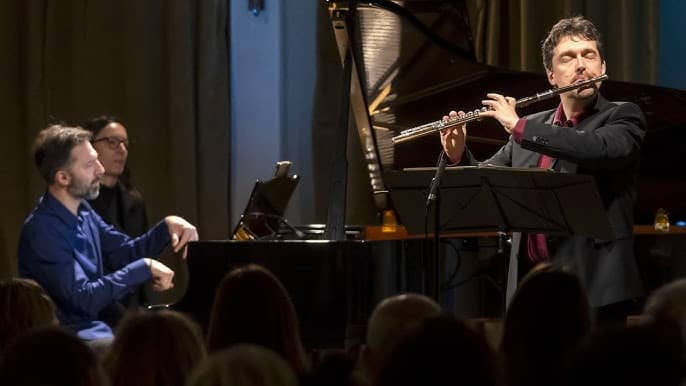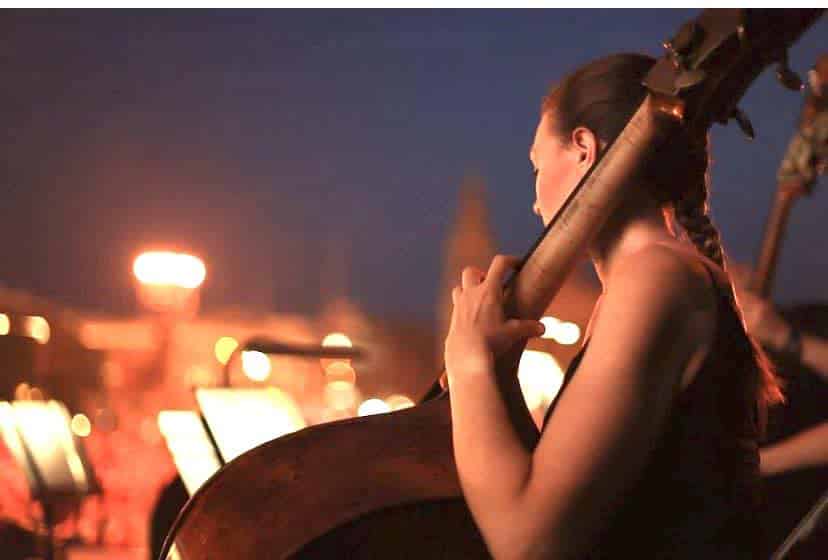Korean wins Sibelius Competition
NewsThe experienced South Korean violinist Inmo Yang took first prize this weekend at the prestigious Sibelius Competition in Helsinki.
Yang, 26, has previously won the 2015 Paganini competition in Genoa and was runner-up in a Yehudi Menuhin contest in 2014.
He plays a 1718 Stradivarius, on loan to him from a private owner.
The Helsinki jury was chaired by the conductor Sakari Oramo.
Second prize went to Nathan Meltzer and third prize to Dmytro Udovychenko.






Very well deserved! He played so good in all rounds and it is so satisfying, when the outcome of a competition is not political or driven by nepotism. Also the 2nd prize was very clear to whom it had to go – Nathan Melzer was very convincing, bravo to him! The one I feel really sorry for is Minami Yoshida, she played very well and she absolutely deserved final round! (maybe she had “wrong” citizenship..?)
A real shame they kicked the Russians out.
Still, for every aspiring competitor: quick! Now is your chance to enter them all before the high level playing field is restored!
The top three prizes in the Sibelius Competition have gone to 21 people since 1995. One was Russian.
Yes, its a shame that competitors get discriminated because of their nationality, that’s simply not fair! Still, to automatically place the two russian competitors “above” Inmo Yang is solely wishful thinking
Oramo is a violinist as well as conductor.
He was Concertmaster of the Finnish Radio Symphony, so presumably a very good one.
Yes, Oramo was a very good player before his conducting career and was also a founding member of the then radical Avanti! Chamber Orchestra in the 80s and the first violin of its associated string quartet.
He still occasionally plays duets as encores with soloists and played e.g. the Prokofiev sonata for two violins with Janine Jansen some years ago.
A question for string players or those who follow great string playing — just when did the practice of lifting the bow high in the air (as you can see from Inmo Yang and members of the tutti in the photo above) begin? I first noticed it starting about 30 years ago in photos of string quartets in the NY Times, where the photographer was obviously waiting for the precise moment where camera noise would not interfere with the music. “Click” — and all the bows are point up to the sky.
I never noticed the practice in performances by an older generation of string quartets in concert — the Juilliard, the Smetana, the Fine Arts etc. Nor in films of older quartets. But I did start to see it in performances by a younger (to me) generation of quartets, such as the Emersons, as well as other chamber groups and chamber orchestras, and now I seem to see it with soloists and entire orchestra string sections.
Yes it helps the instrument “ring out” after a final note if the bow is lifted. But a quarter inch will do to avoid killing the overtones. I myself was never taught or urged to lift the bow up as if I was commencing a fencing competition, just to lift it off the strings and keep the vibrato going briefly.
But I am careful to do it when playing chamber music with younger (younger than my 70) colleagues because I KNOW it is going to be expected. It has become part of the string player’s etiquette.
Obviously this is totally OT to the subject of this young artist and his triumph at the Sibelius Competition.
Ditto the facial contortions of soloists. When did that start? It’s all about show these days. Perhaps it is to compensate for an inability to project expressiveness in one’s sound.
It’s visual bravura and “emotional-eyesing” of the performer.
I’m always shocked to see the Zorro-esque bow slash at the ends of major passages; some of these antique bows are just too fragile to swing around like that.
Mitsuko Uchida was the progenitor and model for all future generations.
I do not think it is appropriate to belittle “todays audiences” or “todays performing artists”. I would guess, since we live in a visual society, where the visual perceptions are seen as the most important ones (and more and more concerts also are beeing streamed) it is a try to also make the classical performance more compatible to the medium. Sometimes one of course also sees an attempt to make classical music “tasty” also for audiences with little music education and therefore with insufficient abilities to differ performance qualities, They need to see what they can’t hear…
I saw the Minnesota strings lift with precision and gusto at the end of the scherzo in Dvorak 7. Skrowaczeski conducting, in 1966.
It’s not new.
Nice TED talk, and playing of the Strad, for a little contrast to what you posted:
https://www.youtube.com/watch?v=_jXbYnT2VxI
Unfortunate headline: (ethno-national stereotype) wins.
Why not: Inmo Yang of Korea wins?
Is he an Australian from Korea? Or is he a Korean? Is Lionel Messi an Argentinian or is he a player from Paris formerly Barcelona? Calling one’s nationality is a ethno-national stereotype? Perhaps it’s his nationality????!! Stop nitpicking every little thing, trying to be more equal than the other.
With so many violin competitions happening each month, it’s hard to keep track. It’s as if the World Cup happened not once every four years but four times every single year.
Without Google, who can name the 2015 winner of the Sibelius competition, the most recent one before this year’s?
Right. Most of us need to Google.
How about 2010?
At one time Queen Elisabeth, Tchaikovsky, Sibelius, and Paganini were probably the top prizes in violin. And then came Indianapolis. A few others have come and gone or changed names, but at one time winning one of those meant something big. Competitions are now an industry; young hotshots perform essentially for free, there are livestreams of content fixed with luxurious sponsors, and hardly anyone is listening to music, they are listening to the players, focusing more on the play-ing than the artistry and perfom-ing.
I wish the winners well, but they might be sacrificing their individuality for 15 minutes of fame. Play the long game, they might come out on top and have something to say after all.
It’s always a bit of a surprise to see a first prize winner of one these big four go on to another competition and leave with fourth prize years later, as happened with, I think one winner of Indianapolis and later fourth prize at Tchaikovsky. If the competitions are to mean anything beyond a few weeks of time, competitors shouldn’t test their luck, lest they risk weakening their highest honours.
Most of the interesting violinists aren’t winning any prizes these days, they’re winning jobs.
Stay optimistic, stay true.